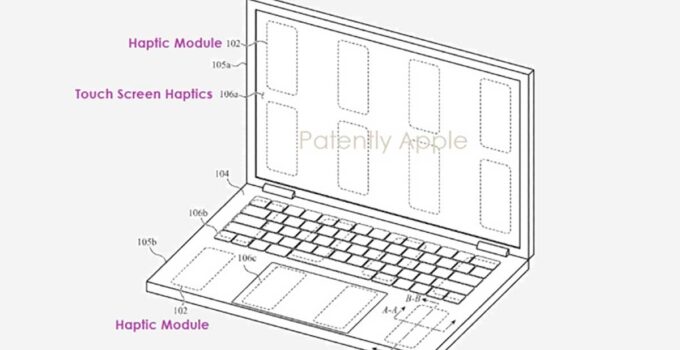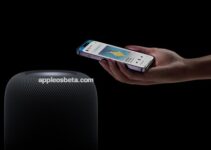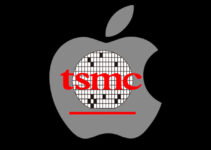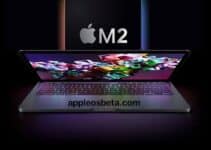Apple patents MacBook screen with touch and response. An Apple patent emerges from the US Patent & Trademark Office which refers to “piezoelectric structures” with which it is possible to implement tactile reaction functions in future Macs.
The Facebook Messenger app for Apple Watch will be discontinued
This was reported by the PatentlyApple site, explaining that tactile areas of this type are located in the palm rest points, in the trackpad and in the touch display.
From what one can guess by looking at the description of the patent, it is that Apple is evaluating the possibility of offering touch screen functionality on some future Macs, along the lines of what has been seen on some laptops with Windows, offering the possibility of touching the screen as you do with smartphones or iPads while offering tactile feedback.
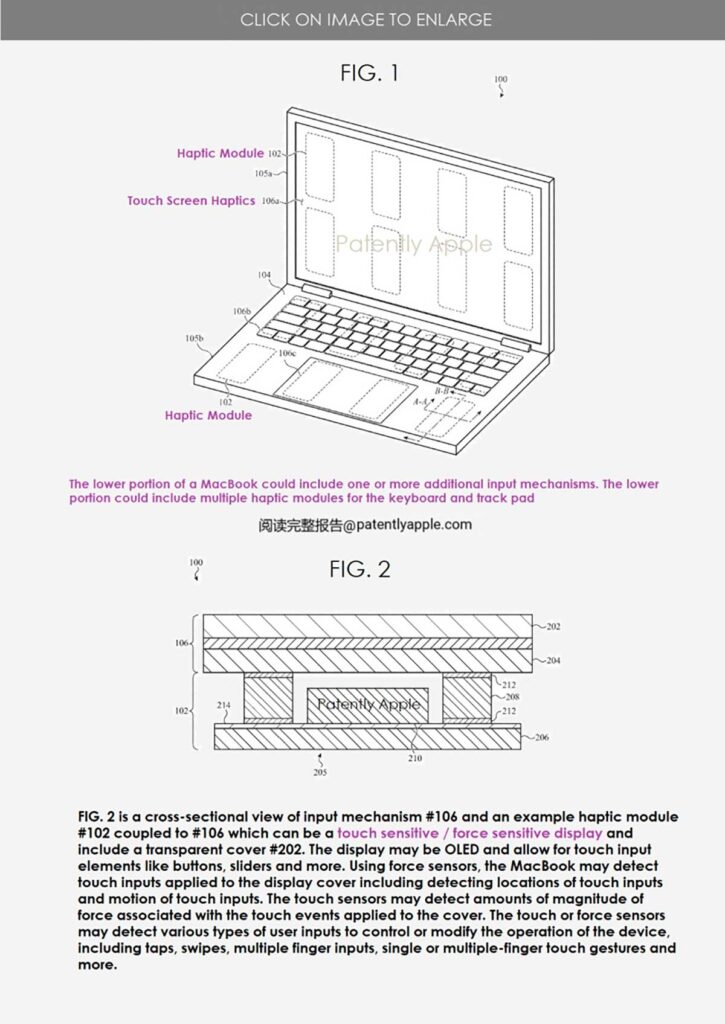
Some time ago Joanna Stern of the Wall Street Journal had asked Craig Federighi – Senior Vice President in charge of Software Engineering at Apple – if sooner or later a Mac with a touch screen will arrive; Federighi at the time had replied: “Who can tell?”, bypassing the question but without replying with a dry “no”, probably aware of patents such as the one we are talking about.
In the patent in question, Apple highlights that electronic devices such as laptops, tablets and smartphones offer different ways to notify the user of events: sounds, haptic outputs such as a vibration, the display of a notification on the screen and so on. The haptic output can be provided by an actuator, with a vibrating system or oscillating motor; these systems, Apple explains, typically cause the whole device to vibrate and are unable to provide haptic output in specific areas or confined spaces.
The Apple patent highlights modules capable of providing haptic output at specific points, such as touch surfaces, trackpads, touch-sensitive displays, slots and virtual keyboards.
As always, we remind you that Apple patents hundreds of patents every year and what is registered with the Patent Office does not always turn into real products.
